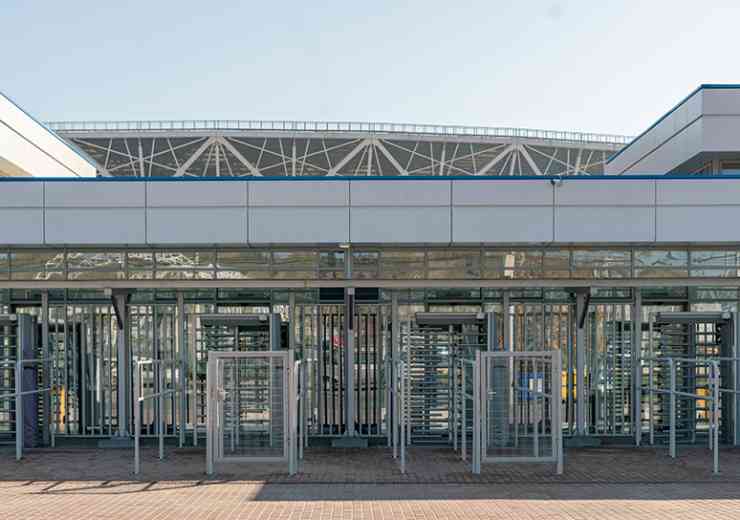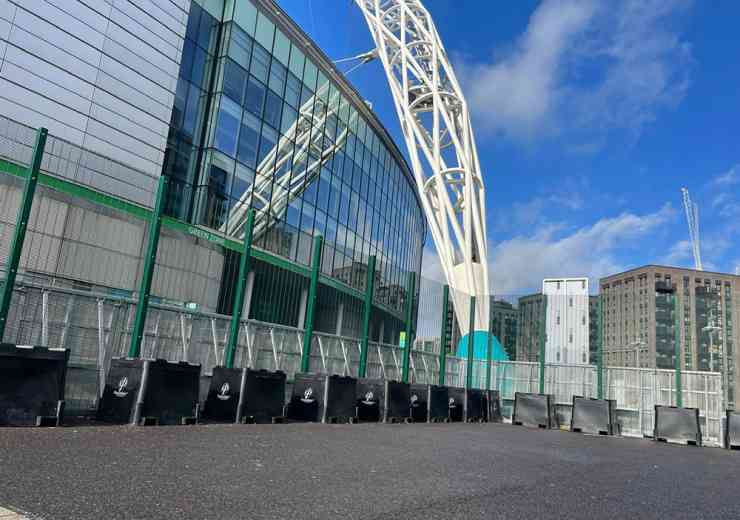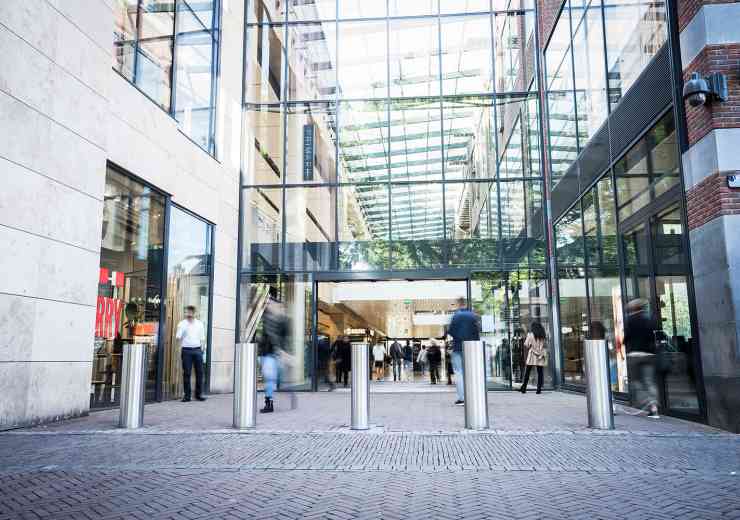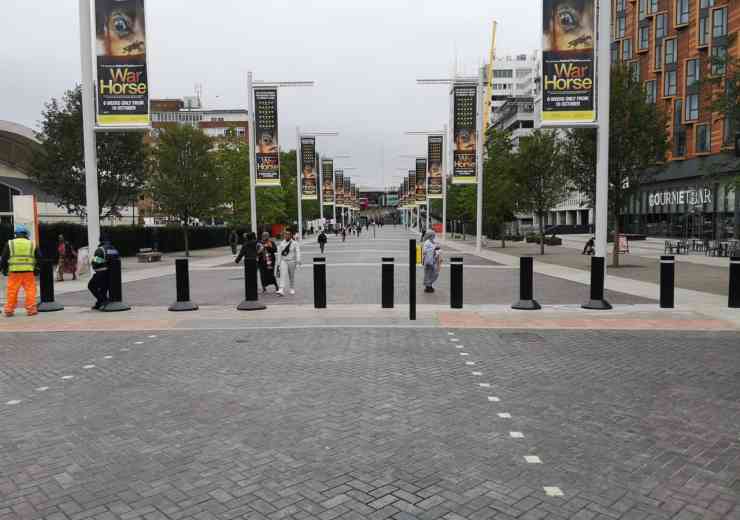The vital role of access control
Access control provides the ability to control, monitor and restrict the movement of people, assets or vehicles, in, out and around a building or site. It has a wide range of applications from controlling a single entrance door to a large integrated security network.
Access control systems consist of three components. Firstly, there is the physical barrier, which restricts access into a building. This is achieved through methods such as doors being secured by a magnetic or strike lock and turnstiles or speedgates, which are designed to limit access to one person for one card presented. Secondly, there is the identification device, which identifies users of an access control system before granting access. There are a variety of different devices including a proximity card and reader which uses Radio Frequency Identification (RFID), at both a short or long read range. Other methods include a smart card and reader, a swipe card and reader, PIN pads or biometric equipment such as fingerprint and iris scanning. This equipment can be used throughout a site, which will only grant access to staff, thereby reducing the risk of intruders.
The door controller and software is another important tool in an access control system. This is used to decide who can gain access through which access point at what time of day and can vary depending on the size of the system and how many readers or sites are being controlled. There are several options when it comes to installing this technology including: a standalone door controller linked to a single door with no software; a number of door controllers all linked together to a single PC to control one site; a number of sites all interlinked together over a wide network area. All three systems are effective and depend on the site’s requirements.
Protecting equipment
The defence sector has in its possession high value equipment. Furthermore, an abundance of confidential documents may be stored. Consequently, electronic access control systems are increasingly being used to enhance safety and security in buildings to enable access only to the people with the necessary authority.
Access control technology can be integrated with other security measures to provide even tougher protection for premises. CCTV is a popular choice when combining access control with other technologies and greatly assists the site because if any unauthorised personnel attempt to access a specific area they should not enter, this action will be recorded in the event that the footage is needed in future. Furthermore, it acts as a deterrent because the individual knows that they may be watched in their attempt to enter the concealed area.
This integration of access control could also be combined with intruder alarm technology. If unauthorised personnel attempt to access a secure area, an alarm could be triggered drawing attention to that individual in the hope that it will deter them from continuing to break through the barrier. It will also enable security staff to take note of the incident and send someone out to remove the individual.
Further uses of access control
There are specific features of an access control system, which can further benefit buildings used by the defence sector. These are known as Automatic Number Plate Recognition (ANPR) and fire roll-call software. ANPR is particularly useful on the larger sites where a high volume of staff driving in and out of the premises. ANPR will monitor the entrance of vehicles on-site using CCTV-style cameras and computer software, which identify number plates. Some systems will also store photographs of the driver and vehicle for subsequent analysis. This sophisticated software will draw attention to on-site security staff and will enable them to identify any returning cars that are considered suspicious. Furthermore, it allows critical information to be passed to the police to assist in the pursuit, identification and capture of offenders.
Fire roll-call software is of paramount importance in buildings. In the event of a fire it will automatically generate a report containing vital information as to the whereabouts of individuals inside a building. This software operates via the access control smart card of fob that an employee uses to gain access/exit a building. In the event of an emergency the fire roll-call software alerts occupants while simultaneously activating the report at a safe pre-determined remote point.
Better protection
Access control can greatly secure premises and ensure that staff, visitors and equipment are safe while on-site and any unauthorised personnel cannot access areas that they should not be entering.
The ease of merging access control with other security measures is appealing and can provide even tougher protection for sites. Combining access control with the likes of CCTV or intruder alarms will only increase the likelihood that any impostor will be caught.
digital issue




















